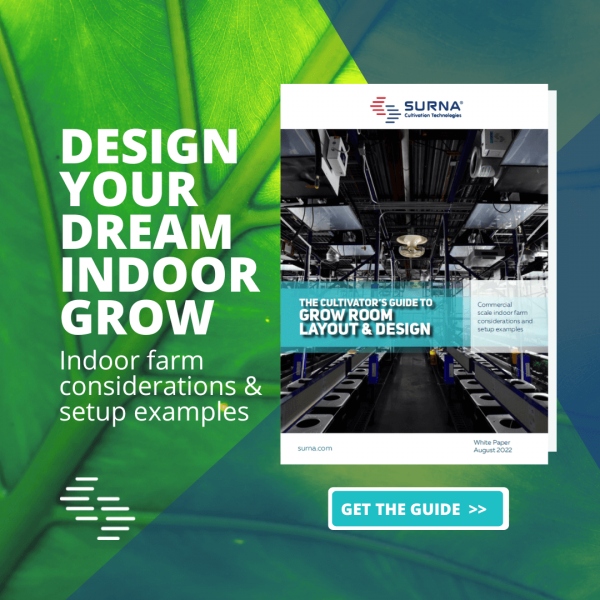With the October federal legalization of recreational adult-use marijuana in Canada, the average user may have expected to see an incredible shortage of supply for the chilly Northern territories. After all, everyone knows that Mary Jane loves her daily dose of sunshine. However, over 100 licenses have been awarded to Canadian cultivators in preparation for, and as a result of, legalization. Canadians consumed over $1 billion in legal cannabis in 2018, the majority of which was consumed after adult-use legislation (meaning, there was more recreational consumption than medical). This massive demand for cannabis product does not end during the winter months, and cultivators must adapt to remain profitable. Indoor and controlled environment facilities allow growers to continue to harvest even in the coldest weather.
However, as any indoor cultivator is aware, with sealed production comes its own laundry list of expenses. Even when outside temperatures drop, a facility’s environment will still require substantial cooling and dehumidification infrastructure to maintain the correct environment for consistent yields. Specialty equipment is required for operation in extreme low ambient conditions, which means added expense and complication for the climate control system. While cold environments can pose a significant challenge, with the right mechanical design, cultivators can take advantage of those cold temperatures to drastically improve the energy efficiency of their climate control system. Dry fluid coolers in these applications can replace energy hungry compressors with fans—allowing cultivators to use ambient temperatures to cool and dehumidify their facilities without the risks and complication associated with bringing in outside air.
Chilled water climate control systems have several advantages in cultivation facilities—flexibility, redundancy, lower cost of operation—but one of the best advantages in cold weather climates is the ability to use dry fluid coolers. Remember, when you’re cooling a cultivation facility, you’re not adding cold, you’re removing heat. Chilled water is used as a medium for heat exchange in systems like this, where heat is absorbed into the chilled water loop and then rejected outside through a chiller plant utilizing a refrigeration circuit. Air conditioners also use a refrigeration circuit, but with some key differences—one of which is the ability to use a dry cooler with chilled water.
In any cooling application, compressors, even in the most energy efficient systems, are the primary consumers of energy. In cold weather environments, dry fluid coolers allow us to take compressors out of the equation as long as the outdoor temperatures are cold enough—usually 35 degrees F (1.67 degrees C) or below—allowing us to use “free cooling” associated with using ambient conditions to remove heat from the chilled water circuit. The benefit is twofold because we can both cool and dehumidify with this strategy. Because the water is not exposed to the air (closed loop), water is not being consumed, which is why this type of system is known as a dry cooler. In many cases, this also means that the refrigeration equipment does not have to be equipped with the ability to operate in low ambient conditions, because during these times the dry cooler is shouldering the load—reducing the cost and complication of some of that equipment.
In cooler regions like Canada and the northern United States, indoor facilities have helped cultivators beat the cold and continue their businesses year-round. For these facilities, dry coolers often pay for themselves within a short amount of time by substantially reducing electrical costs associated with cold weather climate control in cultivation facilities.

